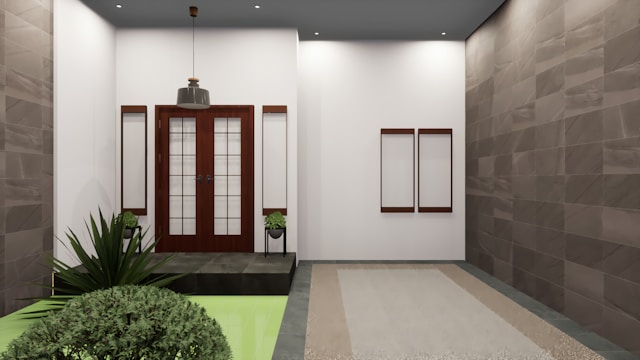In contemporary architecture, the conversation has shifted from simply constructing buildings to creating spaces that actively influence human behavior and experience. As cities grow denser and more diverse, architects are tasked not just with designing visually compelling structures, but with crafting environments that respond to how people live, move, and interact. At the heart of this evolution is the concept of space planning—a discipline that goes far beyond aesthetics, tapping into psychology, spatial design, sociology, and environmental dynamics.
Architect Abbas Sherif Alaskari, based in Dubai, has spent much of his career exploring the ways in which architectural design can shape daily human activity. Drawing on his education in architectural engineering and urban design, Alaskari approaches each project with a deep understanding of how spatial decisions—like circulation paths, room orientation, and light flow—can quietly dictate behavior and comfort.
The Psychology of Space
Architecture inherently impacts how people feel in a space. Open layouts encourage interaction and community, while compartmentalized zones can provide privacy and control. Strategic placement of entrances and pathways influences movement and hierarchy, often affecting how people prioritize tasks or perceive safety.
For example, in public buildings like cultural centers or municipal halls, Alaskari favors layouts that naturally guide users through a narrative—spaces unfolding sequentially to reflect function, emotion, and clarity. He often references how traditional Emirati courtyards created gathering spaces that fostered social interaction, a principle he adapts into contemporary designs through shared atriums or shaded open-air galleries.
Light, Material, and Movement
Lighting—both natural and artificial—plays a pivotal role in spatial behavior. In the arid UAE climate, Alaskari incorporates traditional elements like mashrabiya screens and deep overhangs, not only for passive cooling but to filter daylight in ways that create calm, contemplative interiors. Such techniques evoke a sense of rhythm and time as light moves through the space, subtly affecting how people engage with their surroundings.
Materials, too, are a silent communicator. Warm textures and natural finishes often convey comfort and informality, while sleek, reflective surfaces may suggest professionalism or innovation. By carefully selecting materials and arranging spaces accordingly, architects can influence whether a space feels collaborative, meditative, or dynamic.
Urban Planning and Social Behavior
Beyond individual buildings, space planning has implications at the urban level. Alaskari’s academic research emphasized the integration of traditional Emirati spatial logic into modern urban design—specifically how compact, walkable neighborhoods foster social cohesion and cultural continuity. In practice, this means designing mixed-use zones that encourage pedestrian movement, creating plazas and semi-public spaces that serve as social anchors.
In these environments, architecture serves as a facilitator of community—encouraging spontaneous interaction while respecting privacy and cultural norms. Alaskari advocates for this balance in planning new developments, ensuring that the built environment complements human patterns rather than disrupting them.
Conclusion
Space planning is a powerful, often invisible force in shaping how we live and interact. Architects like Abbas Sherif Alaskari demonstrate that thoughtful design can elevate everyday experiences—creating buildings that don’t just stand out, but resonate with the people who inhabit them. In a world increasingly driven by functionality and efficiency, it is this human-centered approach to spatial design that will define the future of architecture.

